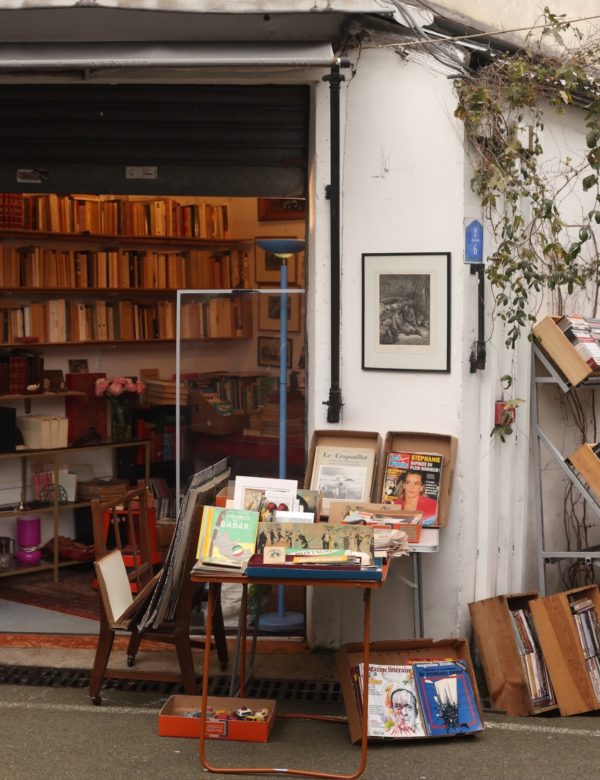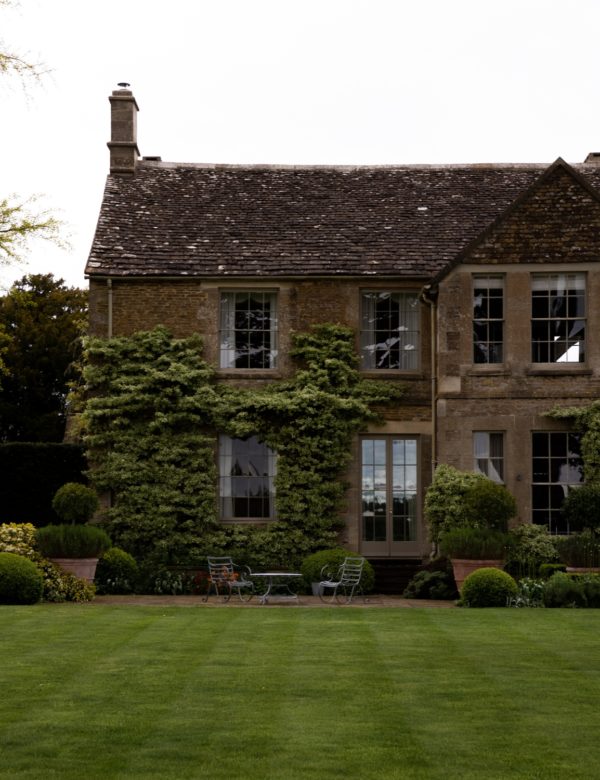Looking for a Dutch oven for your kitchen? Here’s a full review of the best Dutch ovens on the market!
The Best Dutch Oven for your Kitchen: Size, Shape, and Brand
Dutch ovens have been a kitchen necessity for nearly 300 years! If you’re looking to add a cast iron Dutch oven to your kitchen, chances are you’re wondering:
What is the best Dutch oven brand?
What size Dutch oven should I buy?
What shape Dutch oven should I buy?
So let’s break it down…here we go!
Table of contents
- The Best Dutch Oven for your Kitchen: Size, Shape, and Brand
- Why buy a dutch oven?
- What makes a dutch oven, a dutch oven? A little history lesson:
- White Cast Iron Enamel Dutch Ovens
- Types of Dutch Ovens:
- Which brand provides the best browning?
- Which brand retains the most moisture?
- What size Dutch oven is best?
- Color Cast Iron Enamel Dutch Ovens
- Aesthetic (Form vs. Function):
- My personal Favorite
- What can you cook in a Dutch oven?
- Best Uses for a Dutch Oven
- How to Care for a Dutch oven:
Why buy a dutch oven?
A Dutch oven is a kitchen necessity for many reasons. It is a very durable material known for its even heating.
Dutch ovens provide a wonderful caramelization and rich flavor to food (especially to braised meat). When you use a dutch oven to sear meat, you will be amazed at the delicious flavor that the cast iron adds to the food.
Dutch ovens are a great for braising, baking, roasting, and making soups!
Additionally, Dutch ovens trap in moisture with a heavy cast iron lid. The moisture then circulates while the food cooks.
What makes a dutch oven, a dutch oven? A little history lesson:
Dutch Ovens date back to 1710, when Abraham Darby (a businessman and mill owner) discovered the Dutch method of casting cookware. The Dutch were casting their cookware using molds made from sand rather than from loam and clay. This method produced a much finer finish, and Darby was inspired to bring this innovation to English mills.
At this time, brass was the primary metal used for making cookware in Europe, but Darby found that he could sell more cookware if he could lower the price. Iron was much less expensive than brass, so he began producing cast iron kitchenware!
Initially, he was unable to produce the kitchenware using the Dutch methods of casting in sand, but through trial and error, he was finally successful. Thus, Dutch Ovens were born!
White Cast Iron Enamel Dutch Ovens
Types of Dutch Ovens:
There are many types of Dutch ovens, but two stand out:
Enamel Coated and Uncoated Cast Iron
If you’re in the market for a Dutch oven, you’ll probably wonder if you should get a regular ol’ cast iron Dutch oven, or if you should get an enamel coasted Dutch oven. This is definitely a personal choice, but I prefer an enamel coated Dutch oven.
While an uncoated Dutch oven provides all of the same benefits of an enamel coated Dutch oven, it requires a lot more care. Uncoated cast iron needs to be seasoned, shouldn’t be soaked, and shouldn’t be washed with soap and water.
Enamel coated Dutch ovens are a bit more care free. They provide great caramelization and even heating, but are easier to care for, and can even be put through the dishwasher if needed!
I prefer this type of Dutch oven because I like to brown and braise meat which often leaves behind bits and pieces on the pan, and enamel coated Dutch ovens are just easier to clean!
Which brand provides the best browning?
There are three brands that stand out and have built their entire business on cast iron: Lodge, Staub, and Le Creuset.
When it comes to browning meat, Staub exceeds the others.
Staub is coated with black matte enamel on the inside and guaranties a nice crust which intensifies the natural flavors of foods.
While Le Creuset and Lodge also provide a beautiful browning to meat, Staub takes the cake.
Which brand retains the most moisture?
Once again, Staub wins this category for me. I have used both Staub and Le Creuset side by side and can say with 100% certainty, Staub’s lid is better fitting and retains the most moisture during basting.
Why is this important? The moisture created during the cooking process contains a lot of flavor. By trapping that within the pan, the flavor is retained, vegetables remain tender, and meat does not dry out.
It doesn’t surprise me that Staub exceeds the others in this category because their lid is specifically formulated for this purpose! Staub’s lids are contoured specifically to retain moisture, creating a self basting system of continuous rainfall over the ingredients. It’s truly amazing, and yes – it really is effective!
What size Dutch oven is best?
If you read other reviews online, you’ll see that most recommend at least a 5 qt Dutch oven. I recommend at least a 6 qt. Unless you purchase an oval Dutch oven – then you can get away with the 5.75 qt by Staub (my personal favorite Dutch oven).
An oval Dutch oven is a great option because it allows you to fit an entire chicken, which is great for roasting! I have found that it cooks evenly throughout even though it is not perfectly symmetrical over the burner.
If you purchase a round Dutch oven, I suggest a 6-7 qt. I have a smaller Le Creuset that I find to be a little too small for what I need it for; however, it is nice to have when I need to make a small batch of something. With that said, it is my “backup” Dutch oven, and I use the larger size more often!
Color Cast Iron Enamel Dutch Ovens
Aesthetic (Form vs. Function):
I am quite particular about the tools I use in my kitchen. I have an admiration for old world traditions and appreciate the beauty of handcrafted goods. That is why I touch on the three brands: Le Creuset, Staub, and Lodge.
These three brands have a rich history of cast iron, and use very traditional methods for creating their products. While there are many other brands available, there’s something to be said about brands that have been around for generations, creating a beautiful, reliable product.
I also find their products visually pleasing, which is important to me when it comes to my kitchen tools and appliances!
Lodge is a great cost effective option, and I love their white oval Dutch oven, it’s beautiful!
In particular I am drawn to the beauty of Le Creuset and Staub. Le Creuset offers a variety of fun colors, and Staub brings in a more traditional palette and I love the adorable lid handles that can be changed (the chicken is so cute!). Either way, you can’t go wrong!
My personal Favorite
The Staub Cast-Iron Coq Au Vin 5 3/4 QT.
(Available in many colors, and the handle can be switched!)
I love this Dutch oven for its ability to fit a lot, without being bulky. While it is just 5 3/4 qt., it can fit an entire chicken. I also appreciate the black enamel coating which provides the best browning for braising meat.
The Staub signature lid is effective in creating a self-basting system and locks flavor in. I have found this particular Dutch oven to be the most versatile and useful for my everyday needs!
What can you cook in a Dutch oven?
One of the beautiful things about a Dutch oven is that you can cook a variety of things in them! While each brand is rated for different heat levels, you can typically bake them (if the handles are cast iron), use them to deep fry foods (check heat rating for your particular model), BBQ them, and use them on a range of cooktop surfaces. Dutch ovens are known for their even heat distribution and heat retention.
Best Uses for a Dutch Oven
- Baking Bread
- Cooking Soups
- Simmer Stews (try my ground turkey soup!)
- Making Casseroles
- Roasting Meat
- Fry Food (doughnuts, chicken, etc…)
- Skillet Meals
How to Care for a Dutch oven:
The beautiful thing about an enamel coated Dutch oven is that you don’t have to baby it in order to clean it. While you shouldn’t scour it with anything abrasive, you can give it a good scrub with a sponge and dish soap.
If your pot has some really sticky residue, you can fill the pot with an inch or two of water and bring it to a low simmer. Simmer for about 20 minutes and use a wooden spoon to scrape up any stuck-on bits, then drain and use a sponge to get rid of anything left behind.
As a last resort, you can sprinkle in some baking soda or coarse salt to use a soft scouring agent to pull up anything that might be really stuck on.
I hope this has helped you make the decision of which Dutch oven is best for your kitchen! If you have any more questions, please leave them in the comments below! If you add one to your kitchen, I’d love to see a photo! Tag me on instagram, I’m @boxwoodavenue!





Great info! Unless I missed it, I am wondering about weights. I’ve tried lifting the Le Creuset and, for a 71 yr old woman with arthritic thumbs, it’s way too heavy. The older we get, the harder it sometimes is to lift heavy things with our hands. The Staub appeals to me, but I’m curious about it’s weight. Thanks.
HI Jo – what a GREAT point you make. I will add in the weight of each pot. Very great idea because you are not alone!
Thanks for the review